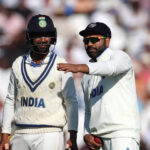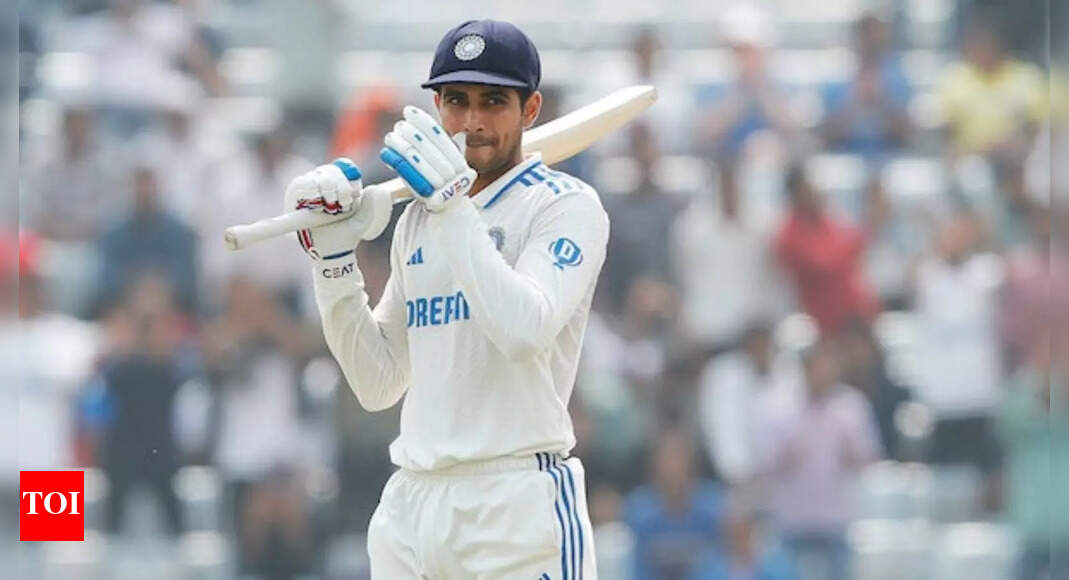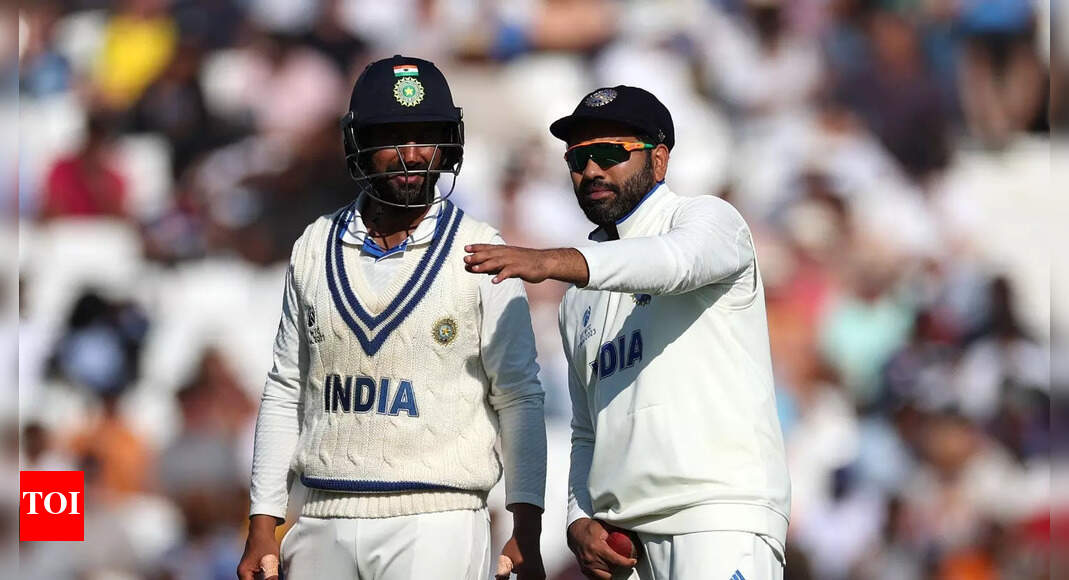Many cricketers have often acknowledged that they didn’t have the foggiest idea about T20 in the first two or three editions of the World Cup. The format had been formally introduced only a couple of years when the inaugural World Cup was held in 2007 but it didn’t find many takers, at least among the more senior and established players. India and Australia finally bought into the idea with their own franchise leagues but they also took a good three years to find their feet. Only after 2011 did professionalism seep in, and the game started finding ways to become smarter through data analysis, matchups and specialised skills.

That, in turn, has made T20 matches become more frenetic and absorbing, allowing franchise cricket to expand their footprint by slowly transforming into a broadcast focused experience rather than a spectator-based property. Indelible too has been T20’s effect on the other two formats, producing more results than draws in Tests and rethinking of ODI strategy. Through it all, T20 as we know has gone through many transformations. And nowhere has it been more apparent than in the World Cup where the pitch, overhead conditions and ground dimensions have prompted constant change in strategies.
ALSO READ: ‘Against Gautam Gambhir’s appointment as India coach’: Sourav Ganguly raises eyebrows with indirect tweet towards BCCI
Changing batting approach
The 2007 edition had predictably followed the ODI template of progressional batting, exploiting the field restrictions with an aggregate strike rate of 112.3 in the first six overs, consolidating it with 122.6 in overs 7-15 before going hammer and tongs with 142.9 in the last five overs. Batters since then have been markedly conservative in the first six overs but nowhere was it more palpable than in the last two editions where the strike rates (104.3 in 2021 and 106.6 in 2022) run rates (6.7 in 2021 and 6.89 in 2022) dropped to their lowest since 2012.
The most plausible reason is that the pitches in the UAE in 2021 weren’t entirely conducive for stroke play as opposed to the Australian ones but the bigger boundaries in 2022 also played a limiting role. And it reflected in the boundaries too, with 2021 and 2022 producing 20.9 fours and 21.64 fours per game, the lowest since 2010. Statistically, six-hitting was also cumbersome in the big grounds of Australia where on an average 7.88 sixes were scored per game, the lowest since 2009 in England (6.14).
A silver lining in all this doom however is how batters have upped their middle-overs game in 2022, striking at 116.3, the highest in five editions since 2012. Another key takeaway from the previous edition is how teams like England didn’t mind cheap wickets as long as the run rate was maintained while serving a bigger target. It led to the average runs for every wicket dipping to 20.16, again the lowest since 2010. Both are breakaway strategies but whether these will manifest into a trend this time remains to be seen.
Pacers setting up opening act
In general, fast bowlers haven’t been as expensive in the first Powerplay as they should have been considering the current narrative of T20 cricket. But they were also not as incisive till 2016, striking at around 24 i.e every fourth over. Only in the last two editions has that strike rate jumped to almost 21, indicating that the fast bowlers have looked to get more wickets. Not surprising, considering this coincided with the time when the likes of Jasprit Bumrah, Trent Boult and Mohammad Shami were making early inroads. The last edition in Australia, especially, was a boon for fast bowlers due to favourable seaming conditions at some venues. A tournament average of 22.64 and strike rate of 18, thus, makes perfect sense as the best ever since, incidentally, West Indies 2010.
Spinners providing the finish
The last two editions have also been a period of experimentation, with more teams starting to risk spinners in the slog overs rather than bowling them out in the middle overs. And the results have shown too. The 2021 World Cup in the UAE was especially good to spinners throughout every phase of the innings but the 2022 edition stands out as the one spinners made best use of the large boundaries to inflict misery more frequently in the last five overs, striking every 10.2 balls, the highest ever in the tournament’s history, and conceding only 7.25 runs per over. This is in stark contrast to how the first three editions panned out, with spinners finishing with economies of 9.21, 8.07 and 9.14 in the last five overs.
Prepare for more sixes
The 2010 World Cup in the Caribbean was a mixed experience for the game in general. Fewest boundaries were hit (an all-time low of 18.6 fours per match) but the sixes came thick and fast—at 10.29 per match, the highest ever in tournament history. Nowhere have spinners been more miserly (6.06 rpo) in the Powerplay, but neither have they been as expensive (9.14 rpo) in the slog overs since 2010. The short ball was used very effectively back then, highlighting a phase of rare dominance (strike rate of 19.8, the best in World Cup history) that fast bowlers have not been able to replicate since. But Caribbean pitches have also slowed down considerably, decreasing the possibility of batters getting rattled by pace anymore.








